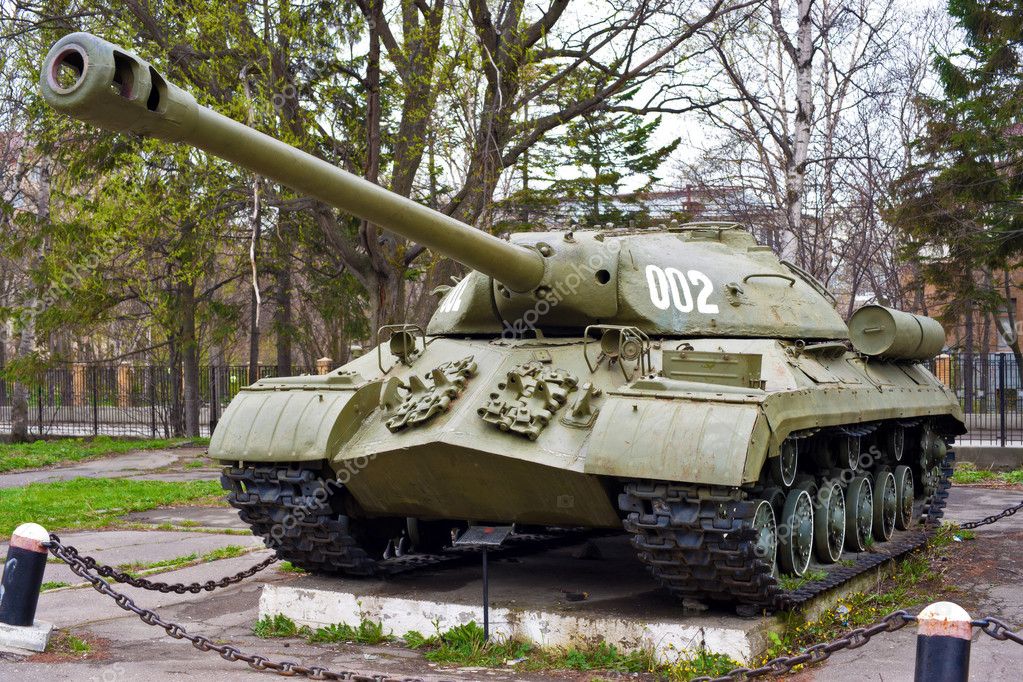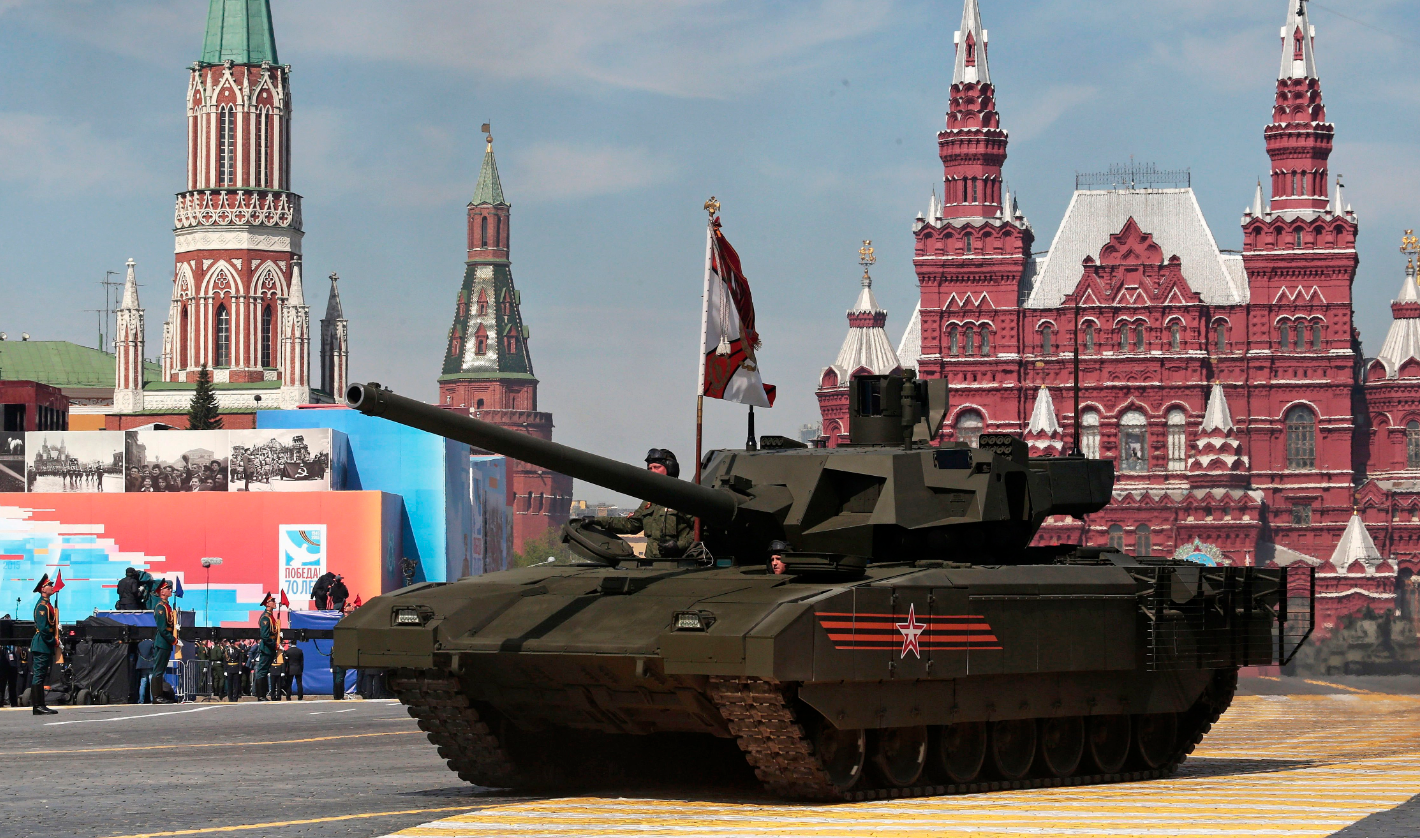
Previously tanks had been lumbering battleships or fast but fragile tankettes, so combining speed, protection, and firepower into one package was a huge challenge and would require an innovative design. It would also carry a bigger cannon than the T-26, giving it the ability to take on fortifications as well as enemy tanks. In response, Red Army planners drew up specifications for a new 26-ton medium tank, one which would be fast and mobile but also much better protected.

“These tanks take heavy losses without fail,” wrote defense minister Voroshilov in 1937. The big problem was that the T-26 was too easily destroyed by light anti-tank weapons and even improvised weapons, liked Molotov cocktails. But they had some unacceptable weaknesses.

Years before Operation Barbarossa, Soviet T-26 tanks had easily outmatched German and Italian tanks during the Spanish Civil War. A formation of Soviet T-26 model light tanks, 1936.


 0 kommentar(er)
0 kommentar(er)
